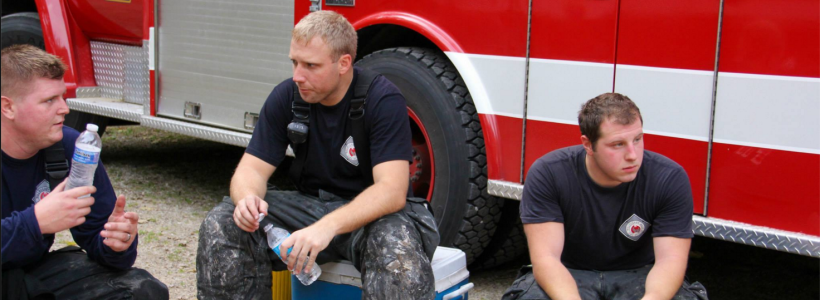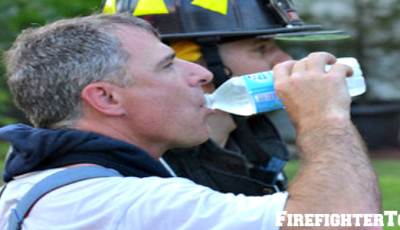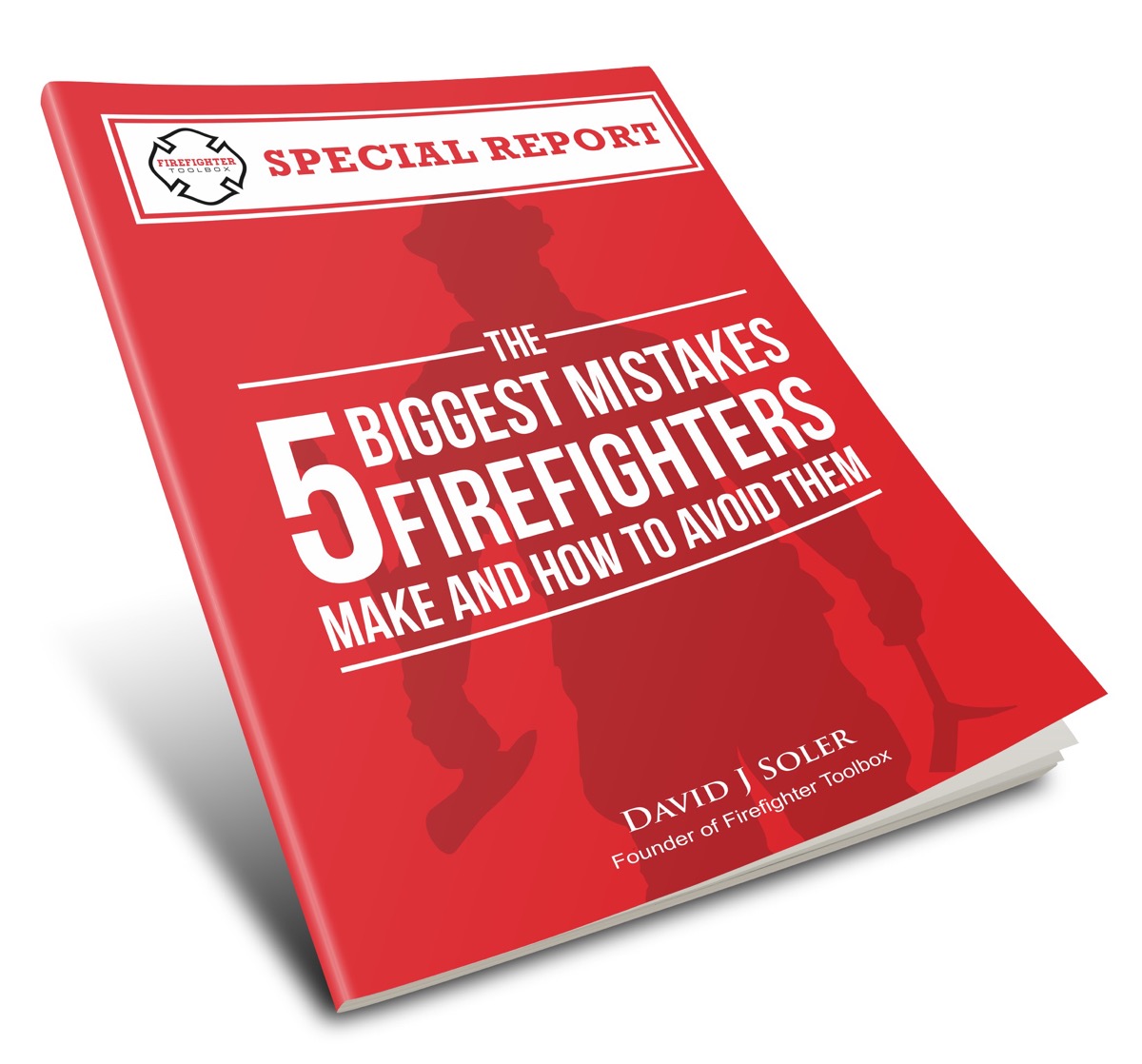Firefighter Resiliency: From the Station to the Fire Ground (and Back Again)
In general, there are four major components attached to firefighter health and wellness: Medical evaluations, functional fitness, nutrition, and behavioral health. Within these components are many parts and pieces, and when we bring them all together, we can start to develop firefighters that are “combat ready” in every sense of the word.
Do you want to perform at your best? We all say we do, and we spend countless hours training and practicing skills so that we can not only perform them with mastery. After all, at end of the day, it is those skills that cannot let us down if something goes wrong.
But there’s more to it than that. Much more.
Studies show that firefighters have a 300% greater risk of heart disease than any other population. Further, according to the results of a research study published in March, 2007 in the New England Journal of Medicine, the risk of heart attack while performing certain duties on the fire ground was anywhere from 10 to 100 times greater than when performing non-emergency duties. So, what’s changed in 2015 in terms of annual LODDs caused by heart disease?
Not much.
Rehabilitation = Resiliency
Rehab is for sissies, right?
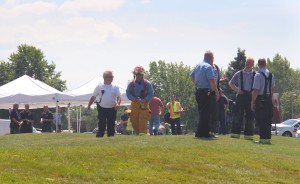
The importance of firefighter functional fitness cannot be overstated, nor can the criticality of appropriate medical evaluations of firefighting personnel, the latter of which has been proven to actually save lives by identifying serious medical issues (and correcting them) before the worst happens. But what about rehabilitation? What does it mean, what components are included, and why is it so important, even for the fittest among us?
The bottom line is that we typically work well beyond our maximum cardiovascular capabilities during firefighting activities, according to an Indiana University study that monitored firefighter physiological functions while on duty. Further, the study found that some stressors keep firefighters functioning beyond their normal limits for up to two hours after they leave the scene.
Recent studies also show that there are significant physiological changes that occur in our bodies when we are engaged in strenuous firefighting efforts including blood vessel stiffness, increased blood flow, decreased plasma volume, and increased platelet count…all of which amount to a serious increase in the chances of suffering a sudden cardiac event.
When we combine our greater than average risk for heart attack with the fact that we regularly perform beyond normal physical limits at fire scenes, the importance of proper rehabilitation becomes crystal clear.
Objectives of Rehabilitation
The overarching objective of firefighter rehabilitation is to get you back to work as quickly as possible (not to keep you from the fun). But consider this: “Probably the greatest stress ever imposed on the human cardiovascular system is the combination of exercise and hyperthermia. Together, these stresses can present life-threatening challenges, especially in highly motivated athletes who drive themselves to extremes in hot environments” (Rowell, 1986).
I ask you: Do you operate in hot environments? Do you consider yourself a tactical athlete? Do you subject your body to cardiac strain that far exceeds normal ranges?
Undoubtedly, as firefighters, your answers to these questions should be “Yes!”
Factors that Address the Need for Rehabilitation
Addressing the following factors serves to reduce the effects of working beyond capacity and keep you sharp mentally, thus reducing the chance for injuries later in the game, particularly in the overhaul process:
- Identify and treat any medical issues.
- Cool down (core body temperature will continue to rise even in the initial stages of rehab).
- Hydrate (as little as 2% dehydration can negatively affect your performance; most of us wake up already dehydrated before we even do anything).
- Begin to return the cardiovascular system back to baseline (or at least lower it to safe levels)
- Mental recharge (along with hydrating, will lessen the chances of injury during later phases of the job).
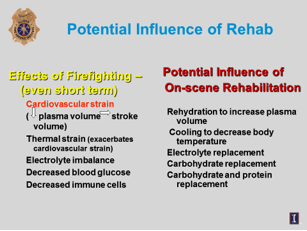
(Courtesy of Haigh & Smith, 2014)
Establishing an Effective Rehabilitation Sector
Fire departments do not have to reinvent the wheel to develop effective rehabilitation sectors. The National Fire Protection Association (NFPA) has produced NFPA 1584: Standard on the Rehabilitation Process for Members during Emergency Operations and Training Exercises. This document outlines the necessary steps to establishing an effective rehabilitation process. Highlights include:
- Establishment of a standard operating guideline.
- Rehabilitation area characteristics (physical location and site characteristics).
- Guidelines for undergoing rehabilitation at incident scenes and training exercises.
- Post-incident rehabilitation (to include continued re-hydration upon return from the incident or exercise).
In addition to detailing the appropriate components of a rehabilitation sector, the standard also includes a sample standard operating guideline, visual aids, temperature and exposure charts, sample check in/check out sheets, and more.
Conclusion
In the battle to reduce the epidemic of cardiac-related fire service line of duty deaths and injuries, incident scene and training exercise rehabilitation often takes a back seat.
The reality is, we now know more about the physiological changes firefighters experience during periods of intense physical activity, and effective rehabilitation is can counter these risks.
Courtesy of Bridgett Gandee Photography

